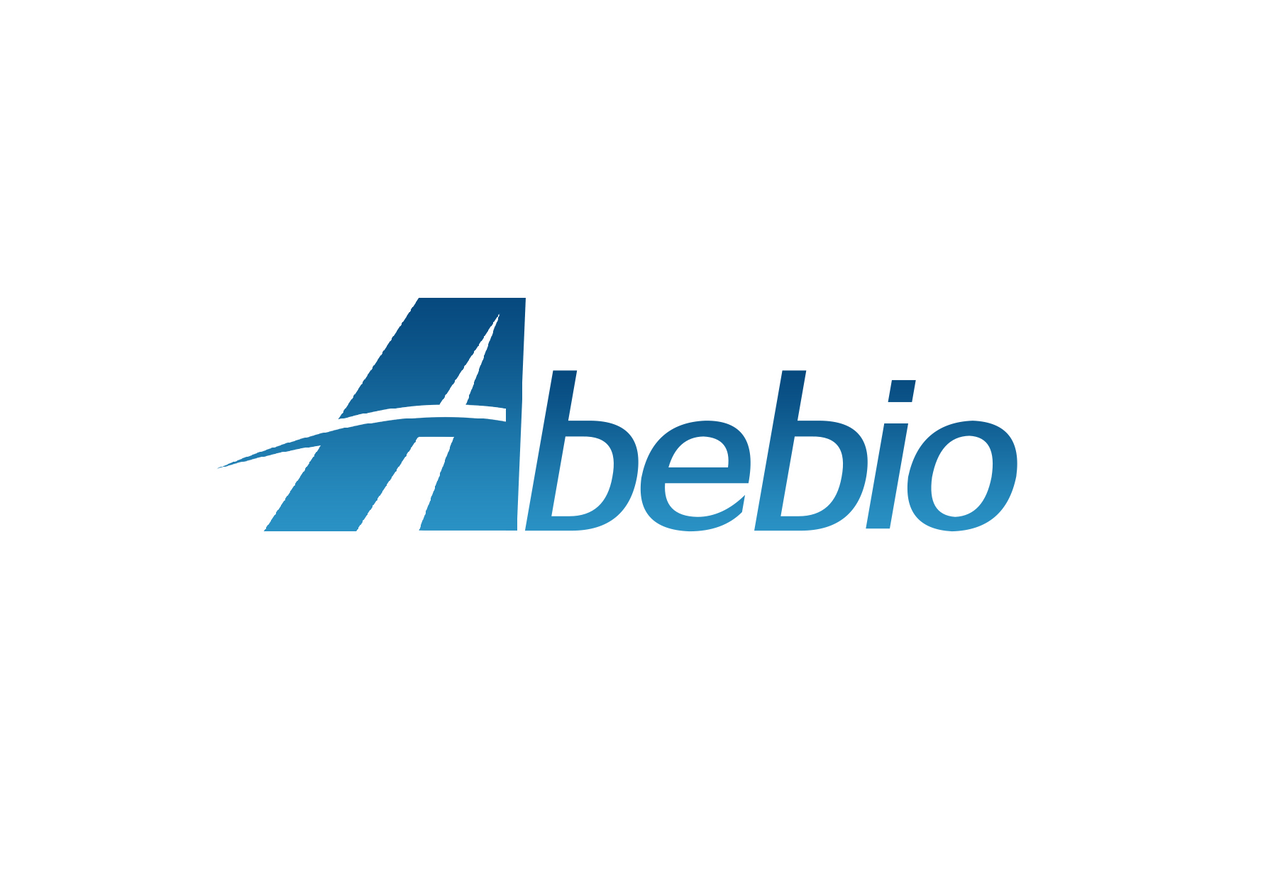Product Description
Human Tumor necrosis factor receptor superfamily member 18 (TNFRSF18) ELISA Kit | AE14008HU | Abebio
Species Reactivity: Human (Homo sapiens)
Abbreviation: TNFRSF18
Alternative Name: AITR; GITR; GITR-D; TNF receptor superfamily activation-inducible protein|activation-inducible TNFR family receptor|glucocorticoid-induced TNFR-related protein
Application: ELISA
Range: 0.312-20 ng/mL
Sensitivity: 0.101 ng/mL
Intra-Assay: ≤6.2%
Inter-Assay: ≤8.6%
Recovery: 1, 02
Sample Type: Serum, Plasma, Other biological fluids
Detection Method: Sandwich
Analysis Method : Quantitive
Test Principale: This assay employs a two-site sandwich ELISA to quantitate TNFRSF18 in samples. An antibody specific for TNFRSF18 has been pre-coated onto a microplate. Standards and samples are pipetted into the wells and anyTNFRSF18 present is bound by the immobilized antibody. After removing any unbound substances, a biotin-conjugated antibody specific for TNFRSF18 is added to the wells. After washing, Streptavidin conjugated Horseradish Peroxidase (HRP) is added to the wells. Following a wash to remove any unbound avidin-enzyme reagent, a substrate solution is added to the wells and color develops in proportion to the amount of TNFRSF18 bound in the initial step. The color development is stopped and the intensity of the color is measured.
Product Overview: GITR (glucocorticoid-induced tumor necrosis factor receptor) is a surface receptor molecule that has been shown to be involved in inhibiting the suppressive activity of T-regulatory cells and extending the survival of T-effector cells. In mouse models, GITR was initially noted to be selectively enriched on the surface of regulatory T cells, making this an attractive potential surface marker for these rare cells. However, subsequent studies revealed GITR to also be up-regulated on any activated T cells in humans, thus undermining its utility as a regulatory T cell marker.Members of the tumor necrosis factor (TNF) and TNF receptor (TNFR) superfamilies, such as TNFRSF18, regulate diverse biologic functions, including cell proliferation, differentiation, and survival. For further background information on the TNF and TNFR superfamilies.
Stability: The stability of ELISA kit is determined by the loss rate of activity. The loss rate of this kit is less than 5% within the expiration date under appropriate storage condition. The loss rate was determined by accelerated thermal degradation test. Keep the kit at 37°C for 4 and 7 days, and compare O.D.values of the kit kept at 37°C with that of at recommended temperature. (referring from China Biological Products Standard, which was calculated by the Arrhenius equation. For ELISA kit, 4 days storage at 37°C can be considered as 6 months at 2 - 8°C, which means 7 days at 37°C equaling 12 months at 2 - 8°C) .
 Euro
Euro
 USD
USD
 British Pound
British Pound
 NULL
NULL








